Hurricane Energy boss Antony Maris described the firm’s 2022 performance as “both very challenging and highly successful” as it revealed underlying pre-tax profits of £91.6 million for the year.
Earnings were more than 10 times the total haul of £8.7m in 2021.
Revenue for the latest period came in at £250.6m, up from £194m previously.
Hurricane, whose assets are focused on the Rona Ridge area west of Shetland, is the latest North Sea oil and gas firm to post bumper profits.
North Sea operators are paying more to the UK Treasury as a result of the energy profits levy (EPL) – the so-called “windfall tax”.
Ongoing anger over North Sea firms’ big profits
But the colossal earnings of firms including Shell, Equinor and BP continue to anger people amid the cost-of-living crisis. Campaign groups like Global Witness and Greenpeace have used the results to argue for more taxation for the industry.
Surrey-based Hurricane is in the final throes of a £249m takeover by a London-headquartered conglomerate, Prax Group, owned by billionaire couple Sanjeev Kumar and Arani Soosaipillai.
Hurricane’s chief executive credited work on the Lancaster field for “significantly” strengthening the company’s finances last year despite a drop in total production.
Mr Maris added: “2022 has been both very challenging and a highly successful year for Hurricane, whilst also an extraordinarily volatile period for our sector.
“The importance of domestic energy security was exacerbated by the terrible events in Ukraine and by the subsequent concerns over energy supplies across Europe, resulting in surging commodity prices.”
Chairman Philip Wolfe said: “2022 was a busy and important year for Hurricane, and 2023 to date has been transformational for the company.
“The terrible events in Ukraine provided a volatile backdrop for the energy sector throughout 2022, with sharp movements in commodity prices and an enhanced focus on security of energy supply.”
Mr Wolfe said the EPL only added to “the sense of instability for the sector”.
But 2022 was a strong year for Hurricane “operationally and commercially,” he added.
Production from the firm’s flagship Lancaster field averaged 8,500 barrels of oil a day.
Firm founded in 2005
Hurricane was founded by former chief executive Robert Trice in 2005 to discover and develop oil from naturally fractured “basement” reservoirs.
Unlike sandstone reservoirs that hold oil in the rock and have provided much of the world’s oil over decades, fractured basement rock – holding oil between cracks – is very hard and brittle.
Mr Trice quit Hurricane in 2020 amid financial, technical and field downgrade challenges at the firm.
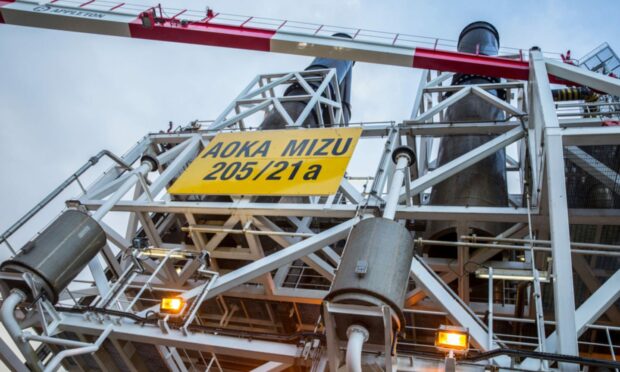
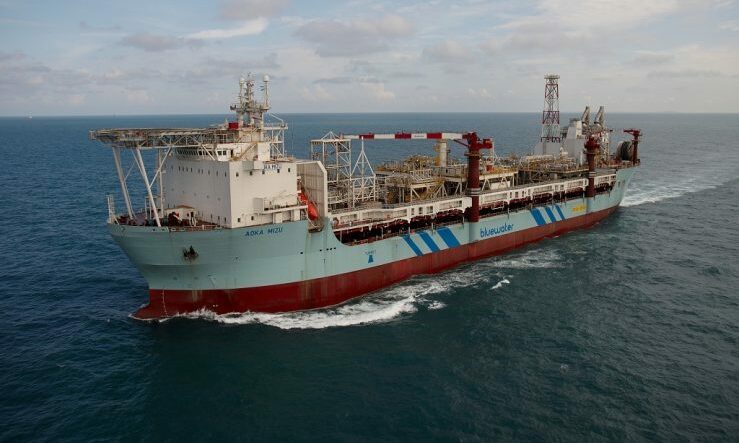

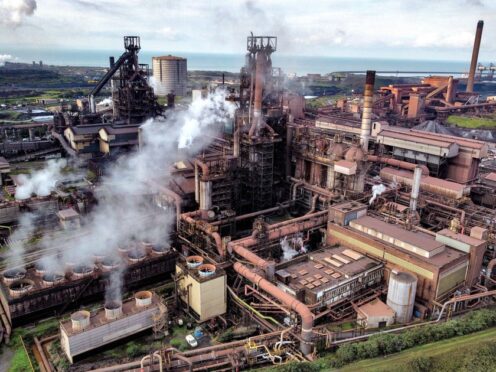
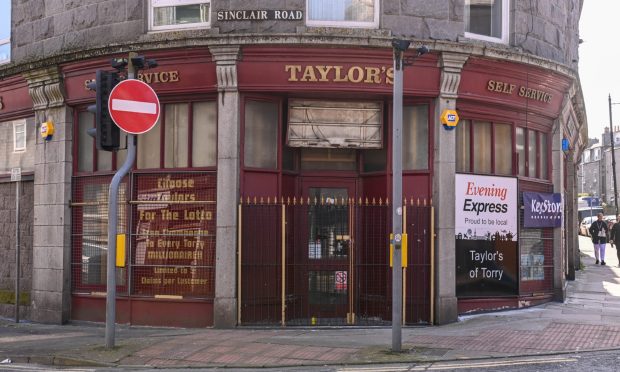
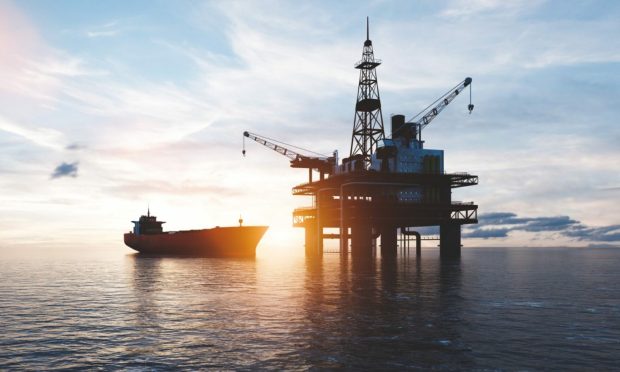
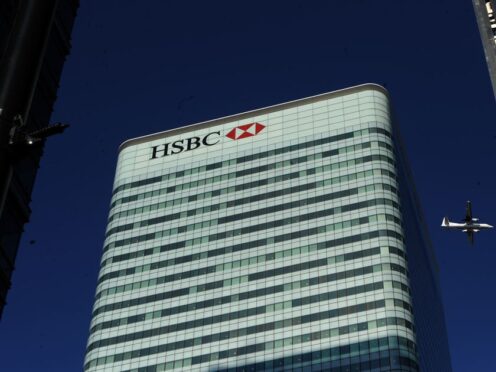
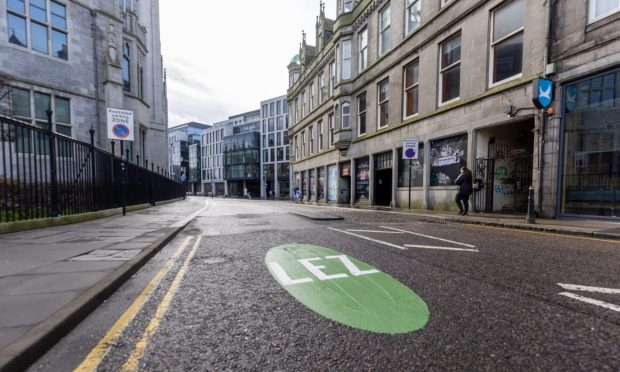
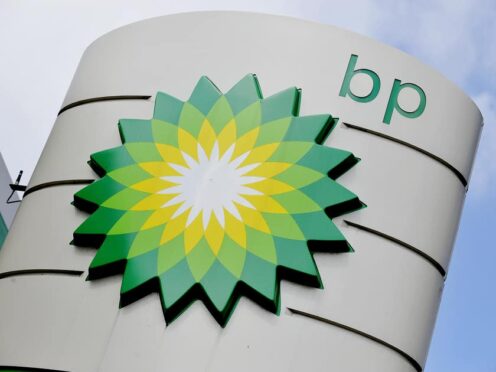
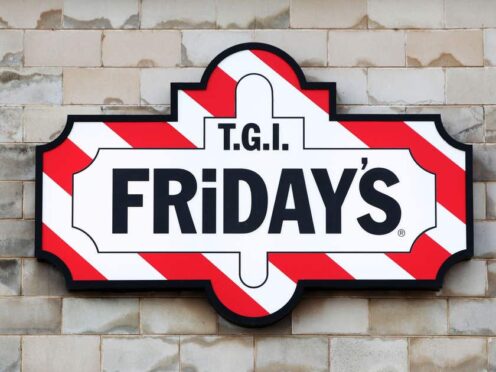

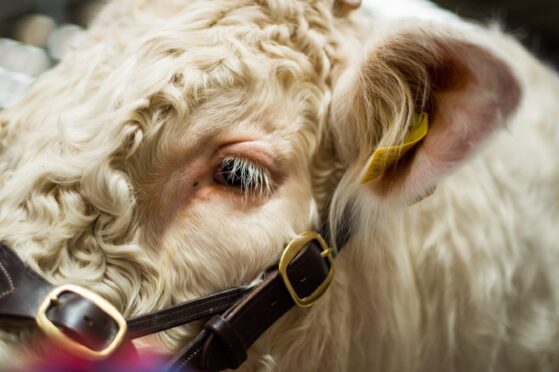
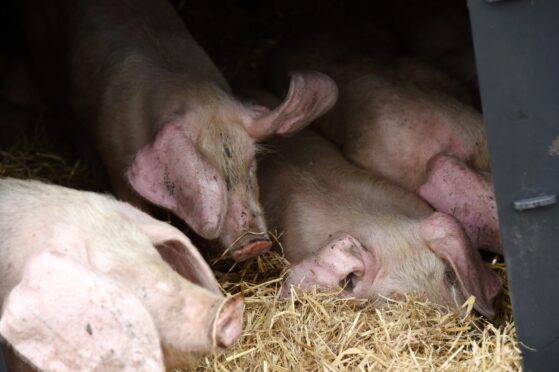
Conversation